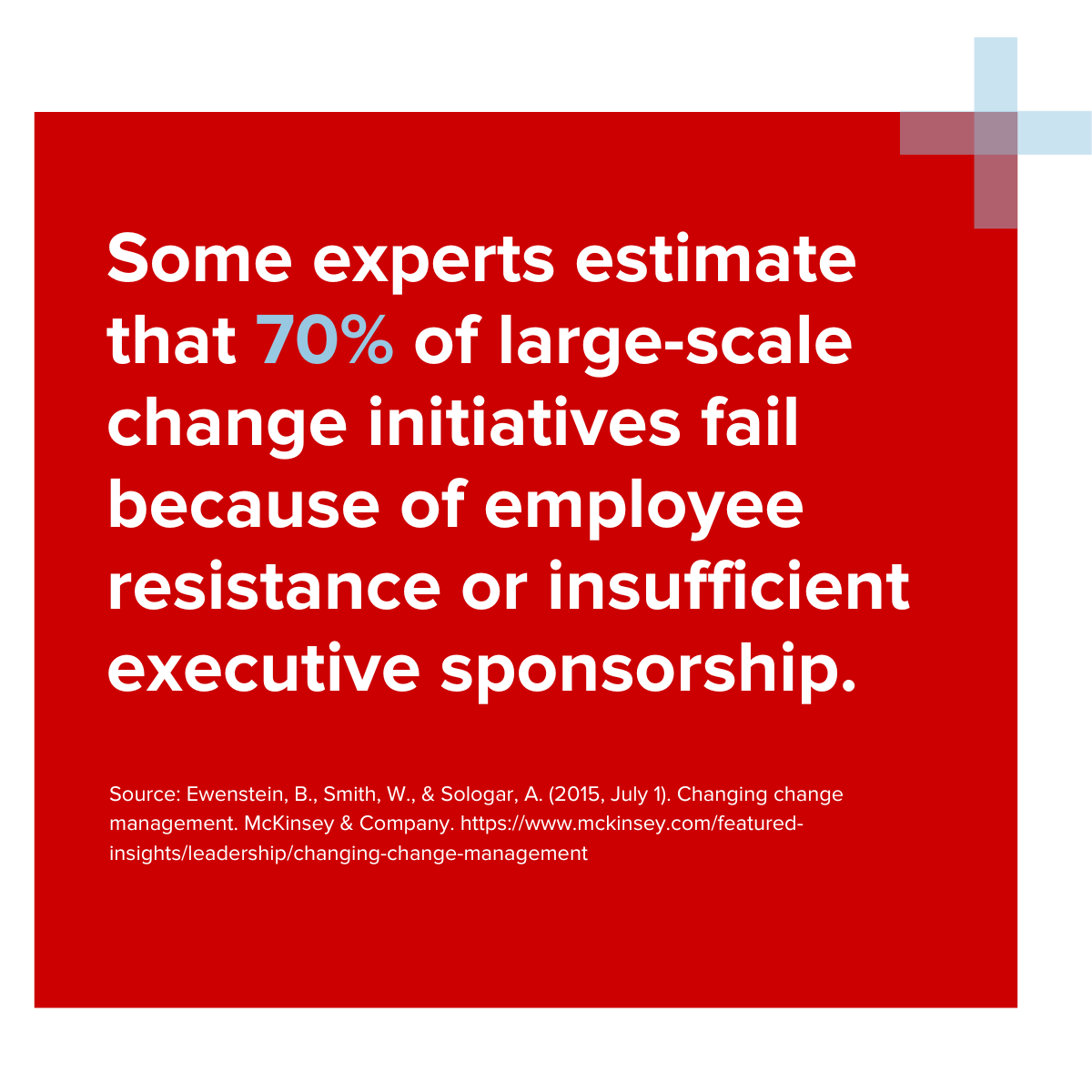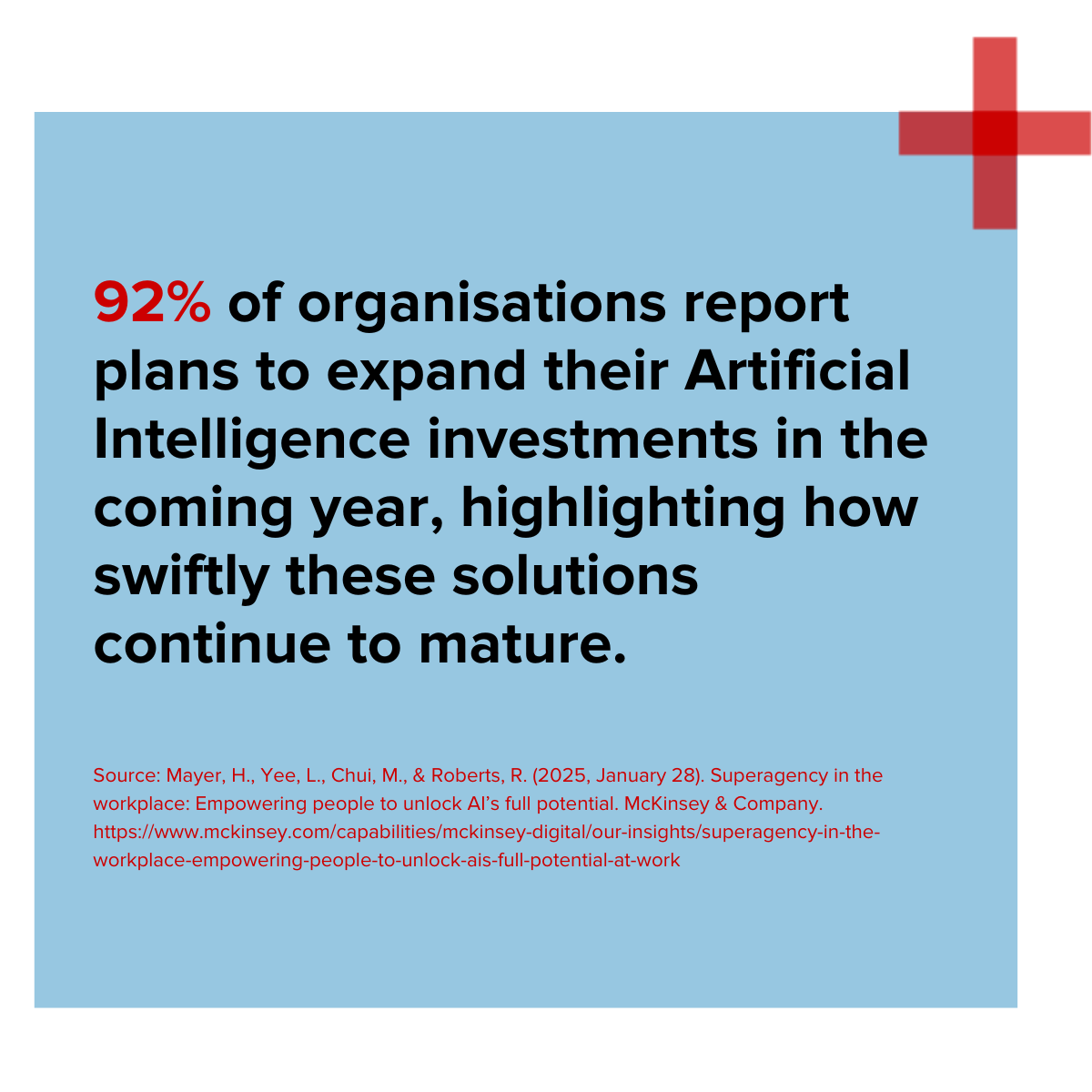BPO in a changing world
We’ve been discussing the “paperless office” for decades now—yet paper persists. “Back in 2000, everyone said we’d be paperless soon,” says Brian Parkes, General Manager, Operations at Canon Business Services ANZ (CBS). “Here we are in 2025, and Business Process Outsourcing providers (BPO) are still handling crates of physical documents, especially for government agencies.”
Why is this the case? As Arthur Parisis, CBS’ Sales Business Development Manager explains, legacy processes can be difficult to overhaul. “We have the tools, but it’s a change-management challenge.” At its core, BPO industry covers everything from onsite support and offshore teams to digitised workflows—yet long-standing habits often slow progress.
Nevertheless, advances in
AI and automation have become too significant to overlook. In
PwC’s Global 2023 Service Study, 78% of organisations cite cost reduction as a primary driver for outsourcing, while 42% highlight process improvements. Modern technology meets these needs, enabling teams to refocus on their core objectives and offering streamlined solutions that help busy teams concentrate on what really matters—serving their customers and improving customer satisfaction.
The paper puzzle: A hidden cost
Even with constant talk of “going digital,” paper remains a costly bottleneck. Studies by IDC suggest that workers can spend up to 30% of their day searching for information in filing cabinets or poorly organised drives. Multiply these inefficiencies across large organisations, and the impact on productivity and costs grows exponentially.
“When we say we’re digitising,” Brian adds, “we’re not just scanning and calling it done. We want to interpret the data and make it useful.” Essentially, every piece of paper—be it an invoice or a form—becomes a source of potentially valuable insights. AI-driven solutions turn scribbled notes into structured data, enabling more informed decision-making.
Beyond productivity gains, there’s also an environmental and space-saving aspect: reducing paper usage can decrease carbon footprints, free up storage, and streamline compliance. For CFOs and CTOs, these benefits often translate into tangible ROI.
Why modern tech matters for BPO
The BPO industry can be a broad church. As Brian puts it, “our business is quite broad—onsite, hybrid models, plus our digital footprint.” This scope means more potential for tech-driven improvements, but also more complexity to manage. Governments, insurers, and super funds come with highly regulated data. Security is top of mind.
Financial services are also shackled by compliance rules, so they’re not always the fastest adopters of AI.
And yet, speed is becoming non-negotiable. “One of my customers is three or four months behind in invoicing,” Arthur explains. “We can help them fix that, cost-effectively.” That’s the central promise: using modern technology to reduce manual drudgery so staff can focus on strategic work.
The change-management challenge: Psychology vs. technology
Introducing new technology is never solely about hardware or software—internal alignment and mindset play pivotal roles.

“Some people are still hesitant,” Arthur acknowledges, pointing to the natural apprehension around AI. While concerns regarding workflow disruption and job security are valid, targeted training and transparent communication can mitigate these fears. Without a well-managed transition, even the most sophisticated platform risks underuse.
AI as augmenter, not replacer
Ever worry AI might come for your job? Brian has a different take. “We’re seeing between 30 to 40% improvement in data capture. That doesn’t mean we’ll reduce our workforce by 30 or 40%. It means we can reassign people to other tasks.”
This isn’t about turning offices into sci-fi factories where robots rule. Instead, AI shoulders the repetitive, paper-heavy tasks—like extracting data from hard-to-read invoices—while humans focus on the work that needs a real, live brain. “People are scared of AI because of what they hear in the media,” Brian observes, but he believes it’s mostly unwarranted. “It still needs a lot of human intervention.”
The human factor: Shifting roles, not replacing people
Automation has long been a worry for employees. But the
World Economic Forum forecasts that 97 million new roles may emerge globally by 2025 to support AI and automation. So yes, some tasks will be automated—but new opportunities will pop up in analytics, process design, and high-level decision-making.
For example, an invoice clerk stuffing envelopes might have the opportunity to move into a data analyst role interpreting trends and strengthening customer relationships. It’s more than a shift in job titles. It’s a full-blown career upgrade. AI has the potential to free employees from repetitive busywork, and let them channel their energy into creative, rewarding challenges.
Get in touch
Talk to us today to optimise your operations.
Leveraging Microsoft tools for efficiency
CBS is currently experimenting with
Microsoft’s handwriting recognition to accelerate document processing. “We’re in the trenches,” Brian says, “doing a proof of concept to see how a Microsoft engine can integrate with our existing platforms.” By combining scanning technologies with AI, data capture becomes more accurate and significantly faster.
Yet, as Brian points out, technology is only part of the equation. “It’s also about balancing the commercials,” he notes. Even the best AI solution must align with an organisation’s budgetary constraints and ROI expectations. That said, a
McKinsey study suggests that AI-driven automation can boost productivity by up to 40% in certain back-office tasks, indicating robust long-term gains.
The unexpected ROI of digital transformation
Discussions around AI often spotlight cost reduction and faster processing. However, deeper benefits also emerge—such as unveiling hidden patterns in business data. “Every document scanned is a data point,” Arthur says, noting that digitising documents isn’t just about eliminating paper; it’s about aggregating actionable insights that drive strategic outcomes.
Staff morale can also improve, as employees spend less time on menial tasks. Automation frees them to focus on client relationships, product innovation, or broader corporate strategies. Organisations that view AI solely as a cost-cutting measure may be missing the broader opportunities to enhance workforce engagement and customer satisfaction.
Security and compliance front and centre
For industries such as finance, government, and insurance, data security and compliance form the backbone of any digital strategy. “One of the biggest considerations is ensuring we have the right security in place,” Brian emphasises, highlighting that CBS is transitioning client data to secure cloud environments. “We’re moving customers’ data into the Metro Cloud to give them greater peace of mind.”
A 2022
PwC report on digital trust found that 84% of executives consider data security and privacy major barriers to transformation. Yet once addressed, these measures pave the way for real-time visibility, better compliance controls, and simplified auditing.
The security paradox
Advanced technology can feel like a double-edged sword: it handles larger volumes of data but can also increase potential risk. At the same time, AI-based solutions can detect unusual patterns faster than any human could. Automated monitoring tools can flag anomalies in log files almost instantly, alerting security teams to potential breaches.
In this sense, AI not only raises questions but also elevates defences, offering a more proactive security posture. Like building both a stronger wall and a watchtower, it covers more ground while enhancing overall vigilance.
A real-world proof of concept
CBS is working on a major proof of concept (PoC) to apply AI in interpreting complex documents. By partnering with a current client’s workflow, the team tests how far optical character recognition and machine learning can go in boosting speed and accuracy. “If we’re seeing 30 to 40% better accuracy in a pilot,” Brian comments, “imagine what we can achieve with a refined rollout.”
This phased approach reflects a wider belief in incremental implementation, ensuring that any unexpected issues are resolved before full deployment.
Embracing the future
As Arthur points out, “AI is going to evolve whether we like it or not. We need to keep ahead of the curve, or risk falling behind.”
Yet for all the enthusiasm around automation, the ultimate goal remains straightforward: help people work smarter. “If we don’t adapt,” Arthur says, “everyone else will, and they’ll set the new standard.” That sense of urgency resonates in both the public and private sectors, as stakeholders strive to modernise and remain competitive.
Partnering for progress
Change is rarely smooth—especially when you’re dealing with entrenched processes, siloed teams, and data that has to be kept under lock and key. But AI doesn’t have to be a threat.
“It’s just enhancing that experience,” Arthur insists, highlighting how modern tools free up humans for more meaningful work.
So, what’s the main takeaway?
When done right, Artificial Intelligence in the BPO industry means a faster, more secure workflow that lets staff focus on serving customers rather than wrestling with paperwork. That’s why the CBS blueprint strategy combines IT, Microsoft solutions, and a dedicated Business Process Outsourcing division under one umbrella—ensuring any digital transformation is holistic and future-proof.
If you want to see how these solutions might sharpen your organisation’s edge, consider reaching out for a proof of concept. Paper mountains aren’t conquered overnight—but with the right blend of AI, expertise, and a dash of daring, they can be scaled faster than you might think.

